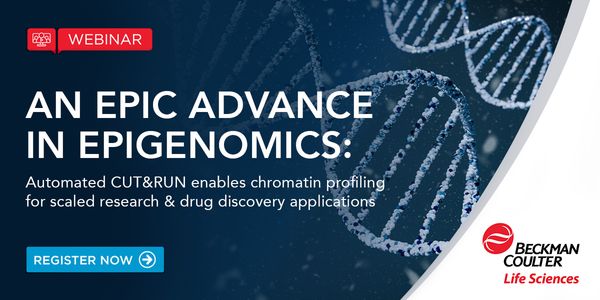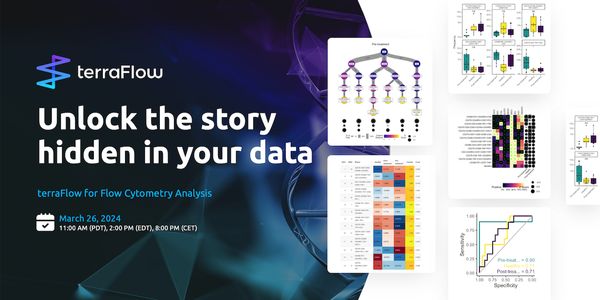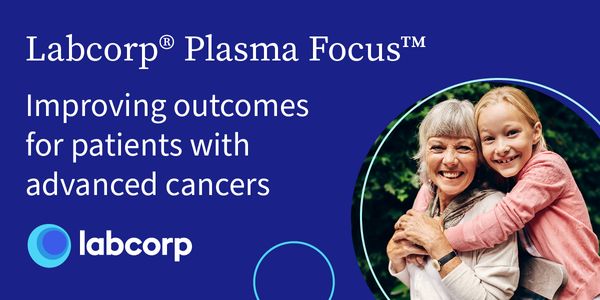Cross-talk & Developmental Programs A Key to Translational Stem Cell Biology
-
Evan W. Snyder, M.D., Ph.D., F.A.A.P
Director Stem Cell Research Center & Core Facility, Professor, Sanford-Burnham Medical Research Inst, Faculty Physician, Department of Pediatrics, University of California, San DiegoBIOGRAPHY
The therapeutic utility of stem cells is rooted in an understanding -- and exploitation -- of their natural role from earliest development to lifes end. Their job is first to participate in organogenesis and then to maintain homeostasis of that organ (e.g., the nervous system) in the face of perturbations. Accomplishment of these goals requires numerous actions, cell replacement representing but one. The tasks, in fact, require extensive cross-talk between multiple cell types (including stem cell-derived progeny themselves) and the unfolding of complex developmental programs. This complexity actually enriches the therapeutic potential of the stem cell.
We study the behavior of neural stem cells (NSCs) in various models of injury and degeneration. During neurodegeneration and inflammation, factors are transiently elaborated which draw NSCs (even over great distances) to engage the niche and attempt restoration of equipoise by a variety of mechanisms. These actions include differentiating towards the replacement of impaired neural cells, both neurons and non-neuronal chaperone cells, all of which are essential for restitution of function. NSCs elaborate factors that promote neuroprotection, trophic support, differentiation, neuritogenesis, connectivity, angiogenesis, inhibition of inflammation and scarring. In addition to producing diffusible factors, NSCs communicate via gap junctions to re-equilibrate the intracellular metabolism of endangered neurons. NSCs may serve as vehicles for protein delivery enabling simultaneous cell and gene therapy. NSCs synergize with biomaterials to "re-engineer" damaged regions. Multimodal approaches are likely required for most neurological conditions; NSCs may serve as the glue. When studied in vitro (development- or disease-in-a-dish), NSCs may help identify novel mechanisms, drug targets, and the drugs themselves.
While repair may entail recapitulating developmental programs, pathology (e.g., cancer) may represent the perversion of such programs. Thwarting such pathology, may involve the pharmacological re-establishment of the proper program.
These various themes will be discussed.
Cross-talk & Developmental Programs A Key to Translational Stem Cell Biology
Please update your information
Certificate of Attendance
DOWNLOAD CERTIFICATE
Finish Registering
-
APR 30, 2024Immuno-Oncology Virtual Event Series 2024
-
MAY 07, 20243rd International Biosecurity Virtual Symposium
-
SEP 03, 2024Microbiology Week Virtual Event Series 2024
- See More
-
APR 18, 2024
- See More












































